Description
Belt and the Road initiative was unveiled by the Chinese president Xi Jinping in 2013. No wonder, this ambitious agenda has sparked a variety of reactions among governments throughout the regions. For Beijing, the BRI constitutes a grand strategy that integrates various factors in pursuit of China returning to great-power status without provoking overt counter reactions from its neighbours and the United States. To this extent, the BRI serves a number of China’s core domestic, economic, and geopolitical interests. Undoubtedly, it is an umbrella initiative covering a multitude of investment projects with the aim of promoting the flow of goods, investment and people. The new connections fostered by the BRI could reconfigure relationships, reroute economic activity, and shift power within and between states. The flagship project of BRI is the China Pakistan Economic Corridor (CPEC) which connects Kashgar in Xinjiang province of China to the Gwadar port in Pakistani province of Balochistan. The CPEC has turned South Asia geopolitically and geo-strategically significant. With the proposed departure of US troops from Afghanistan and the growing hostility between the US and Pakistan, China has been successful in filling the void, at least in Pakistan. In addition, there are other dimensions in evolving South Asia`s landscape which have attracted scholars and experts to ponder over the recent rise in Chinese power and its implications for India. As China becomes a global power, economic and political relations between Pakistan, Afghanistan and China get more intense and strategic. Contemporary relations between India and China are very complex and multifaceted. This book is an attempt at analyzing these interconnected, dynamic and recent political, military and economic developments with regard to BRI in light of India’s concerns.


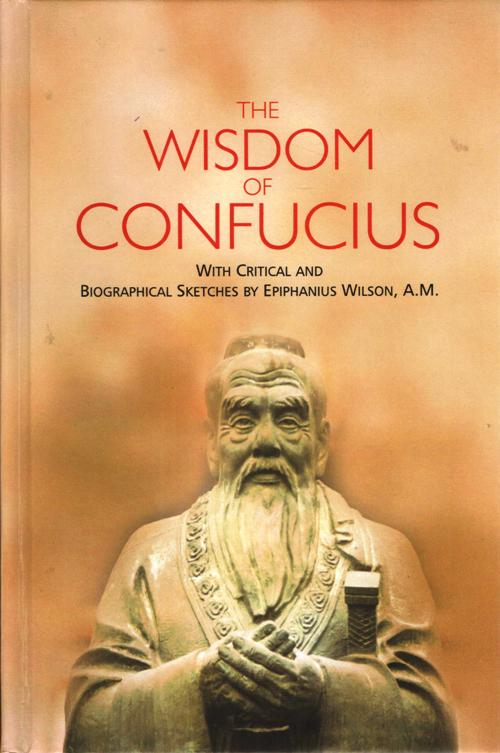

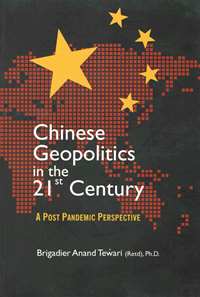
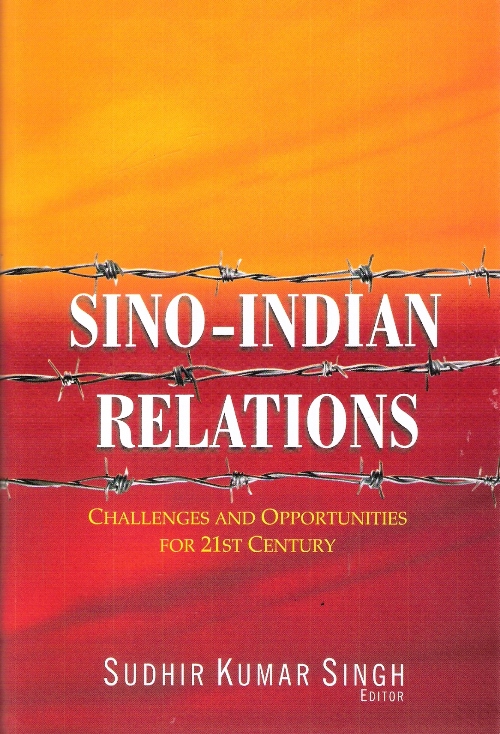
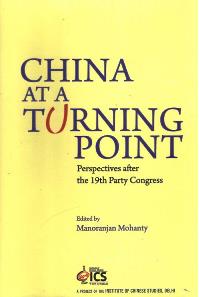
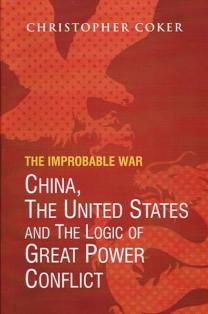
Reviews
There are no reviews yet.